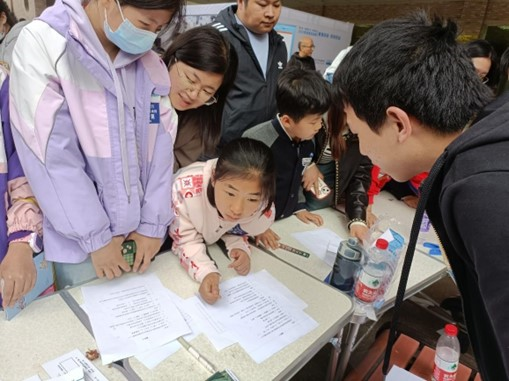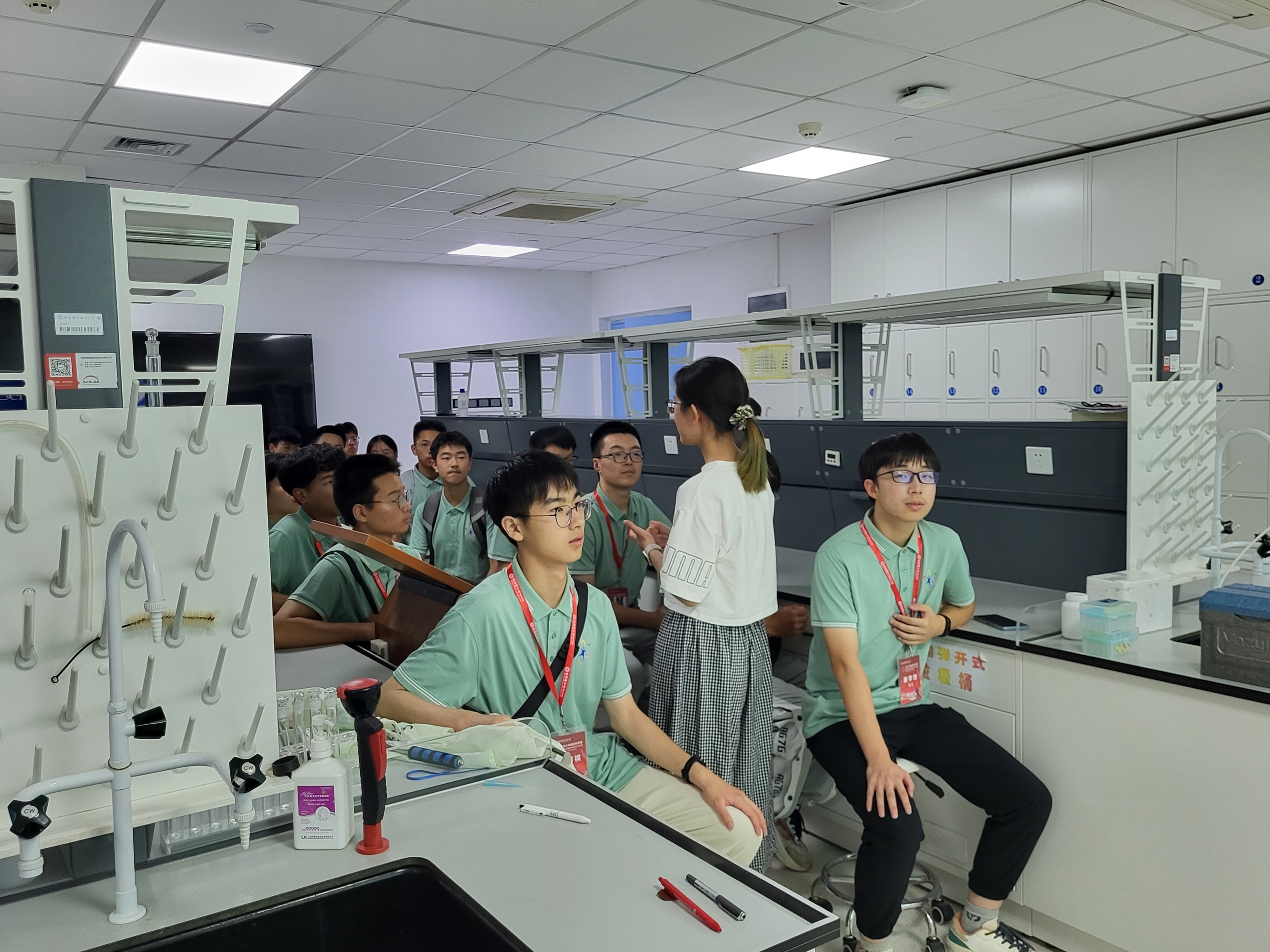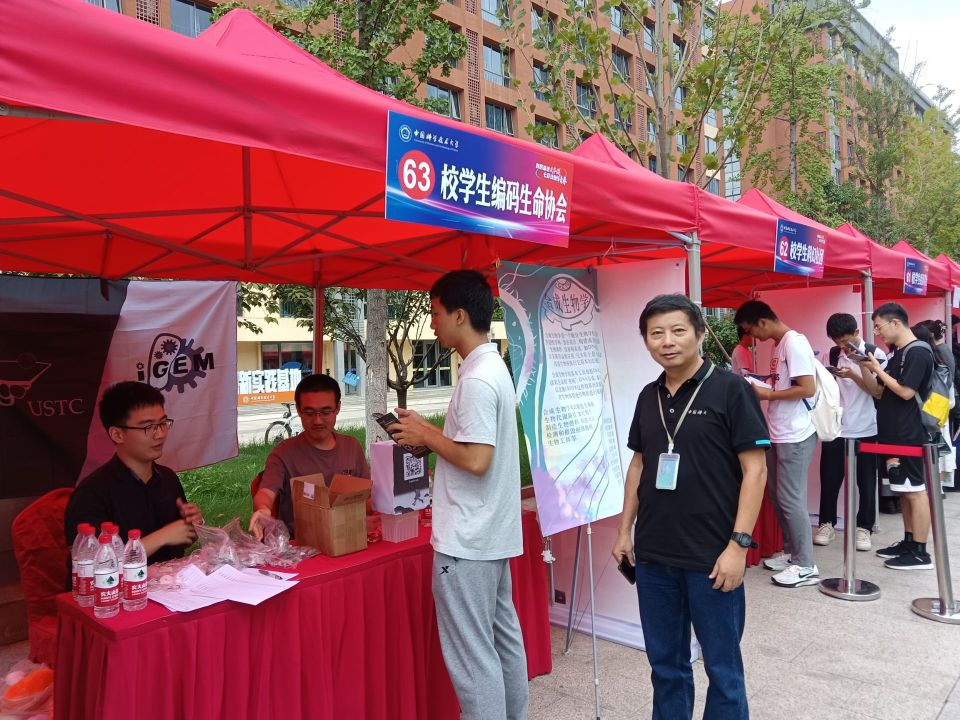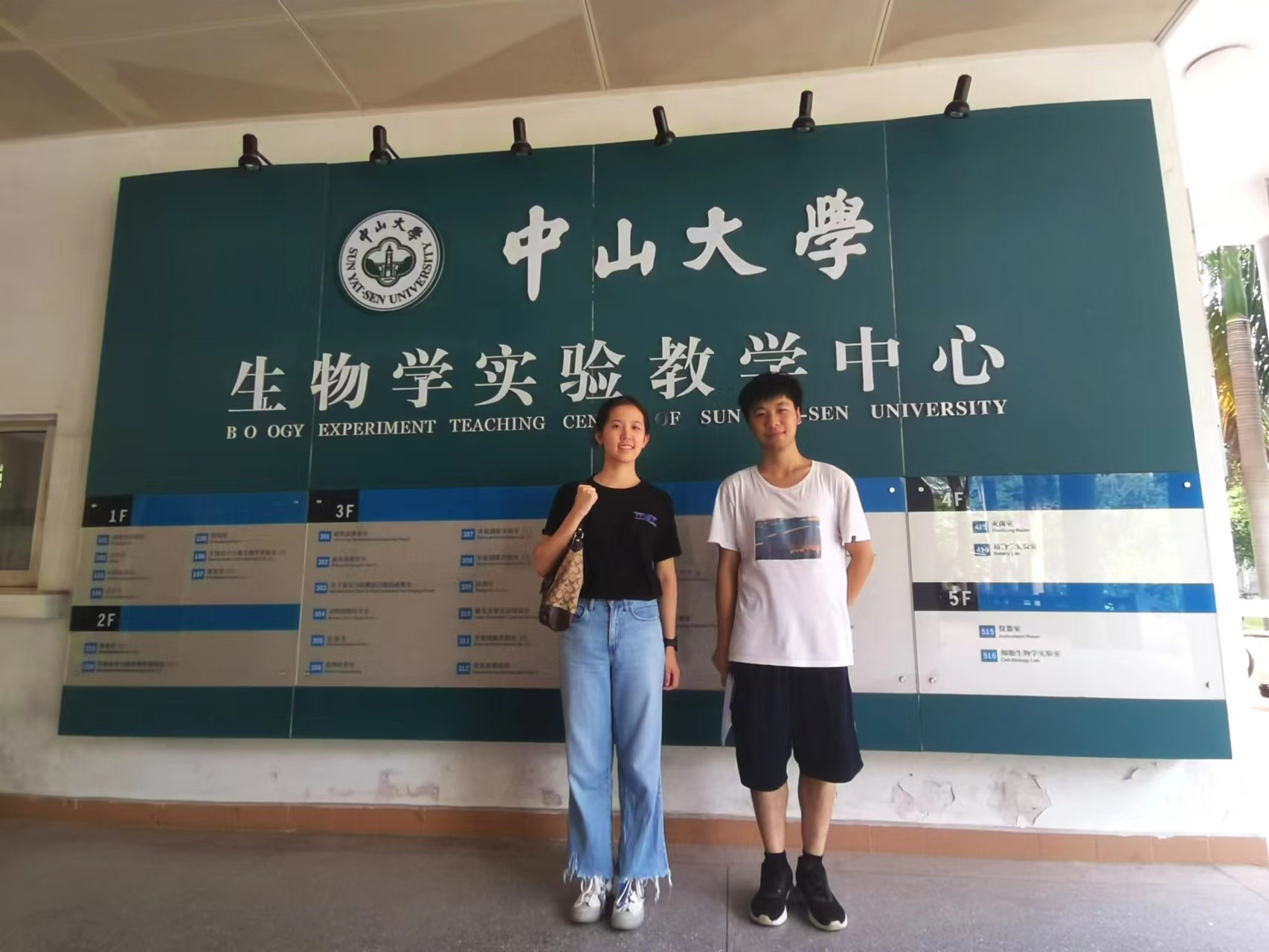Human Practice
Overview
Human Practice can be defined as the interaction between our work and the world, specifically focusing on how the world influences the generation of our ideas and how our work contributes to making a meaningful impact on the world. Through various methods such as scientific popularization and survey, we aim to increase public awareness and understanding of directed evolution technology and its related applications. Simultaneously, we seek to gain insights into societal demands for sugar substitutes and terpene-based compounds, all with the goal of optimizing our experimental design and shaping our future directions accordingly.
Education
Education plays a pivotal role in our "Human Practice," helping the public with a better grasp of our work. In return, we gain valuable insights for future directions through audience feedback. To cater to diverse audiences with varying educational backgrounds, including elementary and high school students, college attendees, and working professionals, we've crafted a range of engaging science outreach activities. These events have not only educated the public effectively but also attracted people with different profession and background actively engaging into our research.
•Education among Primary School Students: Science and Technology Week
Children are the future of our world, and it's crucial to nurture their curiosity and passion for science from a young age. To spark their interest and excitement in biology, we organized a science and technology week activity. During this event, we set up an exhibition that introduced hibernation technology and shared the captivating tale of the "Purple Earth" with the students.
In addition to these informative displays, we provided hands-on activities designed to promote creativity. Students were given glue and dried flowers to craft their own imaginative projects. We also guided them in creating leaf vein bookmarks, emphasizing the value of patience in experiments. Furthermore, we showcased safe reagents from our laboratory and conducted a captivating calcein color change experiment for the children to observe. Their curiosity shone through as they eagerly asked questions about the experiment's principles, prompting us to provide detailed understandable explanations.
In addition to these informative displays, we provided hands-on activities designed to promote creativity. Students were given glue and dried flowers to craft their own imaginative projects. We also guided them in creating leaf vein bookmarks, emphasizing the value of patience in experiments. Furthermore, we showcased safe reagents from our laboratory and conducted a captivating calcein color change experiment for the children to observe. Their curiosity shone through as they eagerly asked questions about the experiment's principles, prompting us to provide detailed understandable explanations.

•Education in the Junior High School: Young Eagle Activity
We also extended an invitation to outstanding high school students from Anhui Province to visit our laboratory, where we introduced the general principle of directed evolution to them all, which was a fascinating intersection of biology and engineering.
We also introduced our project by providing them with a glimpse of the promising potential of tagatose as a sugar substitute in food industry, especially for the patients with diabetes.
After listening to our lecture, the students posed numerous questions about learning methods, computer algorithms, and the potential applications of directed evolution. They expressed gratitude for organizing this activity, demonstrating their eagerness to explore the exciting world of biology beyond the confines of traditional education.
Jiaqi Wang, one of student from the Chuzhou High School, said after the activity: “I've never been so excited to hear that by simply changing some base pairs in their genome, can we accomplish an evolution that in nature the yeasts never have!”
We also introduced our project by providing them with a glimpse of the promising potential of tagatose as a sugar substitute in food industry, especially for the patients with diabetes.
After listening to our lecture, the students posed numerous questions about learning methods, computer algorithms, and the potential applications of directed evolution. They expressed gratitude for organizing this activity, demonstrating their eagerness to explore the exciting world of biology beyond the confines of traditional education.
Jiaqi Wang, one of student from the Chuzhou High School, said after the activity: “I've never been so excited to hear that by simply changing some base pairs in their genome, can we accomplish an evolution that in nature the yeasts never have!”

•Education in the Senior High School: Hanhai Plan
To facilitate the understanding of synthetic biology among the younger generation, we collaborated with The Middle School Attached to the University of Science and Technology of China and initiated a program named "Hanhai Plan." As part of this program, we provided senior high school students with a unique opportunity to visit our laboratory. Guided by our team members, these students engaged in activities involving the cloning and expression of GFP (Green Fluorescent Protein) in E. coli, gaining a deeper grasp of the principles of molecular biology.
After receiving a brief introduction to experimental techniques, the students conducted miniprep and basic protein purification procedures individually. Their excitement was palpable when they successfully isolated the protein, witnessing its vibrant green fluorescence. Using GFP as an illustrative example, we delivered a lecture to further elucidate the distinctions between random mutations and continuous directed evolution, igniting their interest in learning more about biology.
"I am astonished by the extensive potential of directed evolution, which has the power to significantly reshape our world," remarked Xing Liu, one of the students who participated in this activity.
After receiving a brief introduction to experimental techniques, the students conducted miniprep and basic protein purification procedures individually. Their excitement was palpable when they successfully isolated the protein, witnessing its vibrant green fluorescence. Using GFP as an illustrative example, we delivered a lecture to further elucidate the distinctions between random mutations and continuous directed evolution, igniting their interest in learning more about biology.
"I am astonished by the extensive potential of directed evolution, which has the power to significantly reshape our world," remarked Xing Liu, one of the students who participated in this activity.
•Popularization in the College Campus
Apart from series of popularization in the primary and high school, we also managed to enhance the spread of synthetic biology among college students. Leveraging annual club fair event in the University of Science and Technology of China, we set up display boards and engaging activities. These activities included a knowledge-based quiz on sugar substitutes, providing insights into our topic and its effects, and were open to not only biology majors but also diverse undergraduate and graduate students who expressed an interest in direct evolution and synthetic biology.

Collaboration
On the other hand, we have actively worked on enhancing our method to meet the demands and address urgent issues in real-world industries. To achieve this, we conducted an on-site visit to Huangheng Biotechnology Co., Ltd., a company that specializes in the industrial application of synthetic biology, particularly in the fermentation of natural products.
During our visit and in-depth discussions with their Research and Development Engineer, we came to realize that, aside from focusing on efficiency, we also need to consider the stability of the enzymes we employ when implementing the directed evolution strategy. For instance, they illustrated the challenges of maintaining fermentation tanks in complex industrial fermentation processes. This eye-opening experience inspired us to consider the possibility of evolving our strains in the future to make them more resilient to temperature and pH variations during fermentation—a step towards improving our approach for real-world industrial applications
In addition, we have also actively promoted the communication and collaboration among researchers nationwide who work on directed evolution. Last year we had an offline meetup with the undergraduate researchers in the school of life science of Sun Yat-Sen University and had a fruitful talk about applying continuous directed evolution into the further improvement of the yield. During this gathering, we have engaged in a knowledge exchange concerning TADR and nyEvolvR, the directed evolution systems we used in the design and compared their strength and weakness.


Next :Model Page